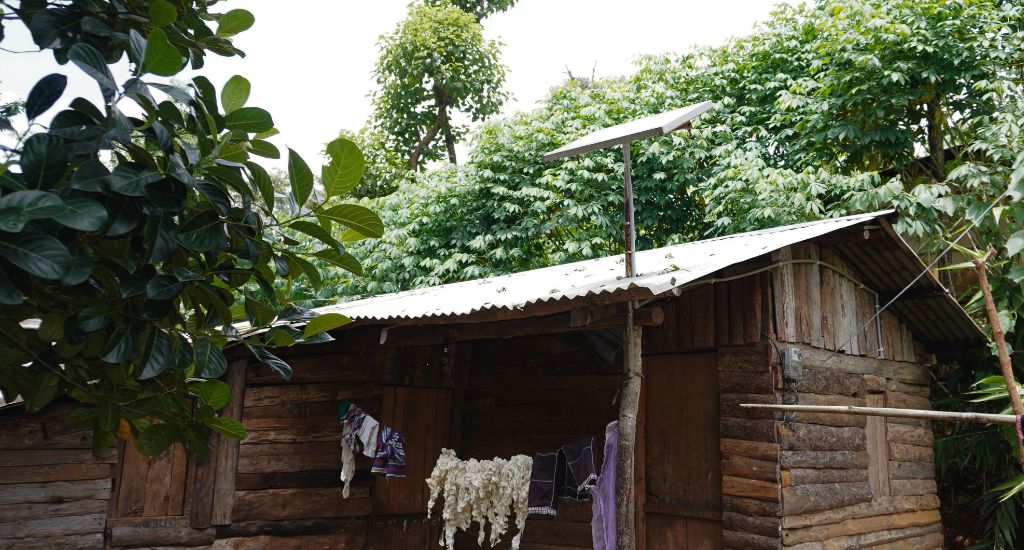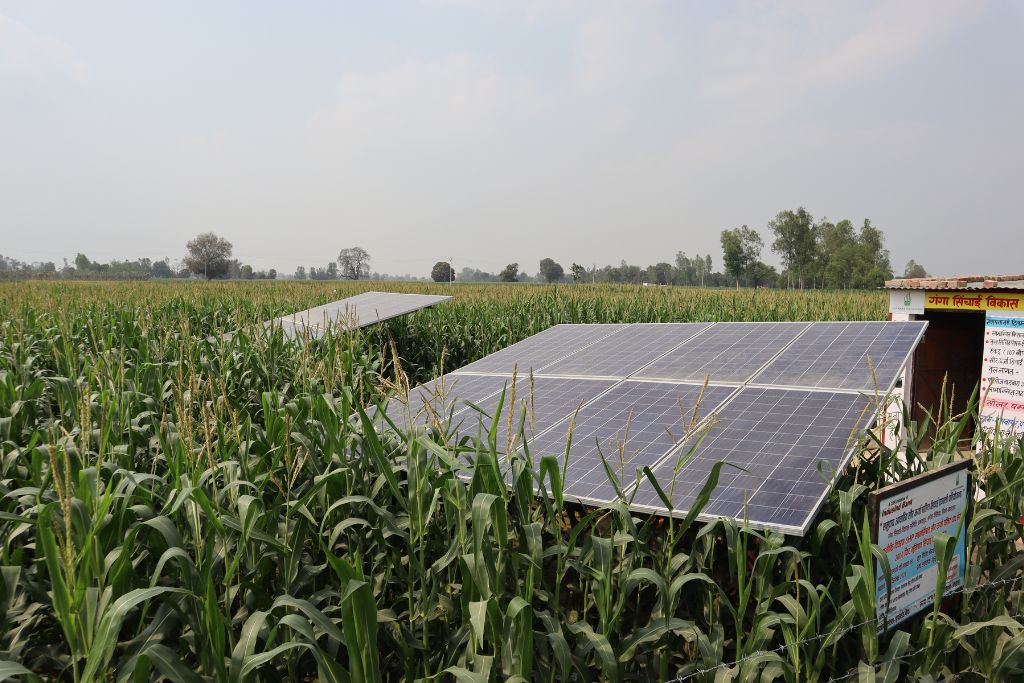The makers of modern India were all deeply affected by the poverty and human degradation of rural India. Even if they couldn’t agree on the value of the Indian village.
“The love of the intellectual Indian for the village community is of course infinite, if not pathetic… What is a village but a sink of localism, a den of ignorance, narrow-mindedness and communalism?” – Dr B.R. Ambedkar
“A village, normally speaking, is backward intellectually and culturally and no progress can be made from a backward environment.” – Jawaharlal Nehru
“The future of India lies in its villages… Divorce between intelligence and labour has resulted in criminal negligence of the villages.” – Mahatma Gandhi
These exceptional men, despite their differing views on Indian villages, are an inspiration to us and have fuelled our desire to pull rural India out of the depths of despair. India’s vibrant development world is full of people working towards this end.
Village Square was launched – on the auspicious date of October 2, Gandhi Jayanti, in 2016 – to not only highlight that work but to give rural India a voice.
Now, exactly five years later, as Village Square 2.0 is launched, we want to deepen that mission: we want to bridge the gap between rural and urban India. Whether they be Millennials or Gen Z-ers who think they have nothing in common with villagers, we want to show there is a shared humanity and a quest for a better world.
Villages today are undoubtedly on the wrong side of history and its people more marginalised than ever. For example, a girl born in an Indian village is some eight decades behind her counterparts in the country’s cities.
Understanding the dreams and the debates in the run-up to India’s independence and its formative years, gives us unique insights into how government institutions were formed to help – or in some cases hinder – the reconstruction of rural India. As the formidable sociologist Surinder Singh Jodhka of Jawaharlal Nehru University said, Gandhi’s idea of self-reliant villages ran counter to most of our founders.
“Gandhi saw the village as a site of authenticity, for Nehru the village was the source and site of India’s backwardness and for Ambedkar the village was the site of oppression,” said Jodhka.
India’s independence from colonial powers – bringing together a multitude of religions, ethnicities and languages into one “nation state” – is a unique experiment like none other in human history. The liberal foundation of India’s constitution with sovereignty vested in citizens, created conditions for multiple self-discoveries, autonomy of aspirations, imagination and personal or associative growth pathways.
Unfortunately, the present uneven growth, inequality, the restricted or declining inter-generational mobility and clientelism (a social order which depends on relations of patronage) all betray the promise of our shared tryst with destiny. And this is more starkly visible in our villages with the inadequate attention to basic social goods: from education, health, and structural barriers to economic freedom, never mind the state or existing elite controlling factors of production.
The sustained neglect of rural India may be born out of a desire to usher in modernity through industrial growth and urbanisation, but the result has been more widespread poverty and inequality of opportunities – more marginalisation.
Gandhi’s exceptionalism was in his deeper understanding of society and faith in human responsibility for societal advancement, valuing each human life and its power to transform and transcend.
On this Gandhi Jayanti Village Square heeds his clarion call in urging “society building” with the engagement of the “whole of society.” So with that we let flow the storytelling, exposure and championing of village life here on Village Square.



